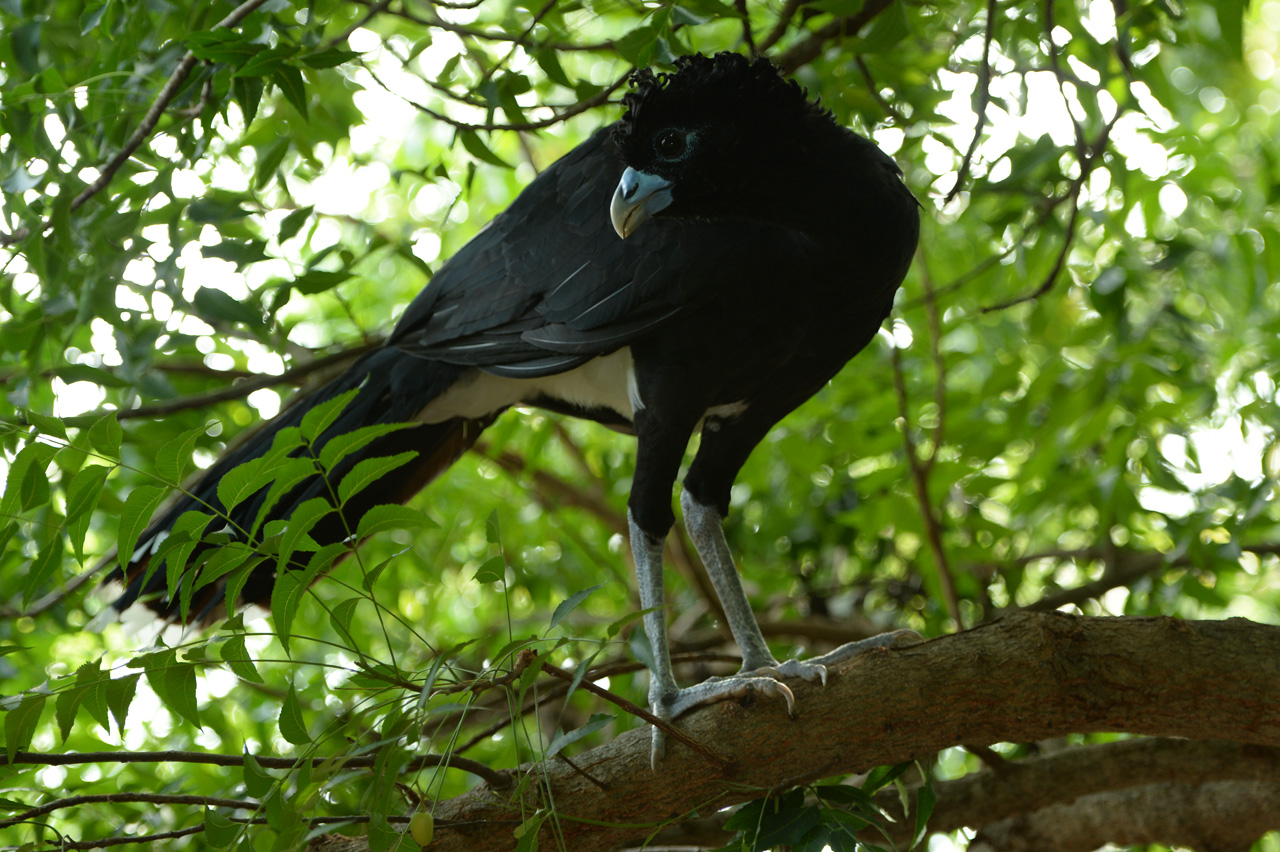The blue-billed curassow (Crax alberti) is a bird endemic to Colombia, considered one of the most threatened in the country and classified as Critically Endangered at a global level.
This cracid (the order to which this bird belongs) inhabits lowland rainforests, foothills, and hills up to an altitude of 1,200 meters, although it has also been recorded in tropical dry forests.
Historically, its distribution covered the northern part of Colombia, from the Sierra Nevada de Santa Marta to the Magdalena Medio, over an area of approximately 36,108 square kilometers. Currently, it is extinct in 89 percent of its original territory due to habitat loss and subsistence hunting. It is estimated that until a few years ago, its total population ranged between 150 and 170 individuals.
 Photo: "EL PATO" Salcedo / WCS Colombia
Photo: "EL PATO" Salcedo / WCS Colombia
The blue-billed curassow is a good indicator of well-preserved forests, as it depends on large fragments where it forages (searches for food). It prefers fragments larger than 300 hectares and builds nests on forest edges with dry leaves and branches. Its reproduction, although with low rates, occurs during the dry season, from December to April, with additional observations between July and September.
It uses low-frequency vocalizations to communicate, especially during reproduction. Despite its cryptic and little-known behavior, it is crucial for the conservation of ecosystems, serving as an indicator of the health of the forests it inhabits.
Traslated with AI support